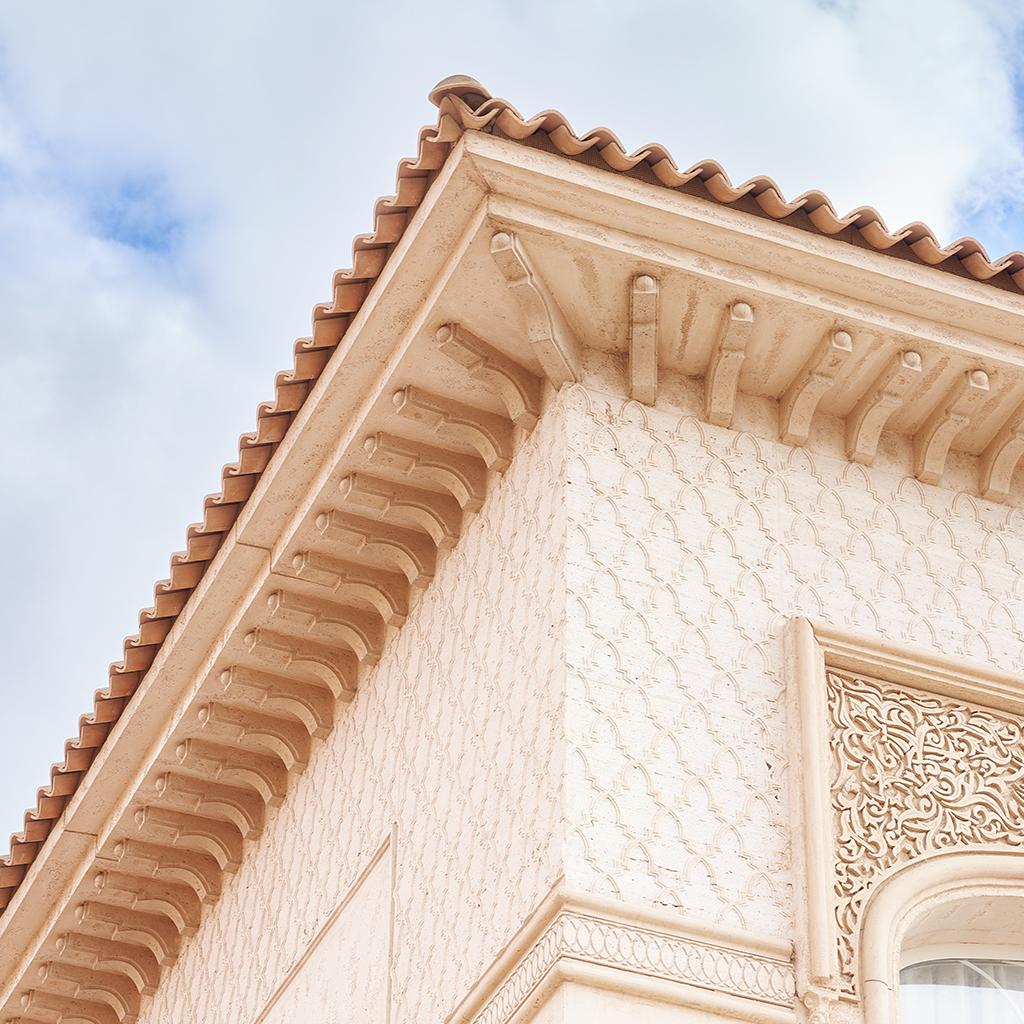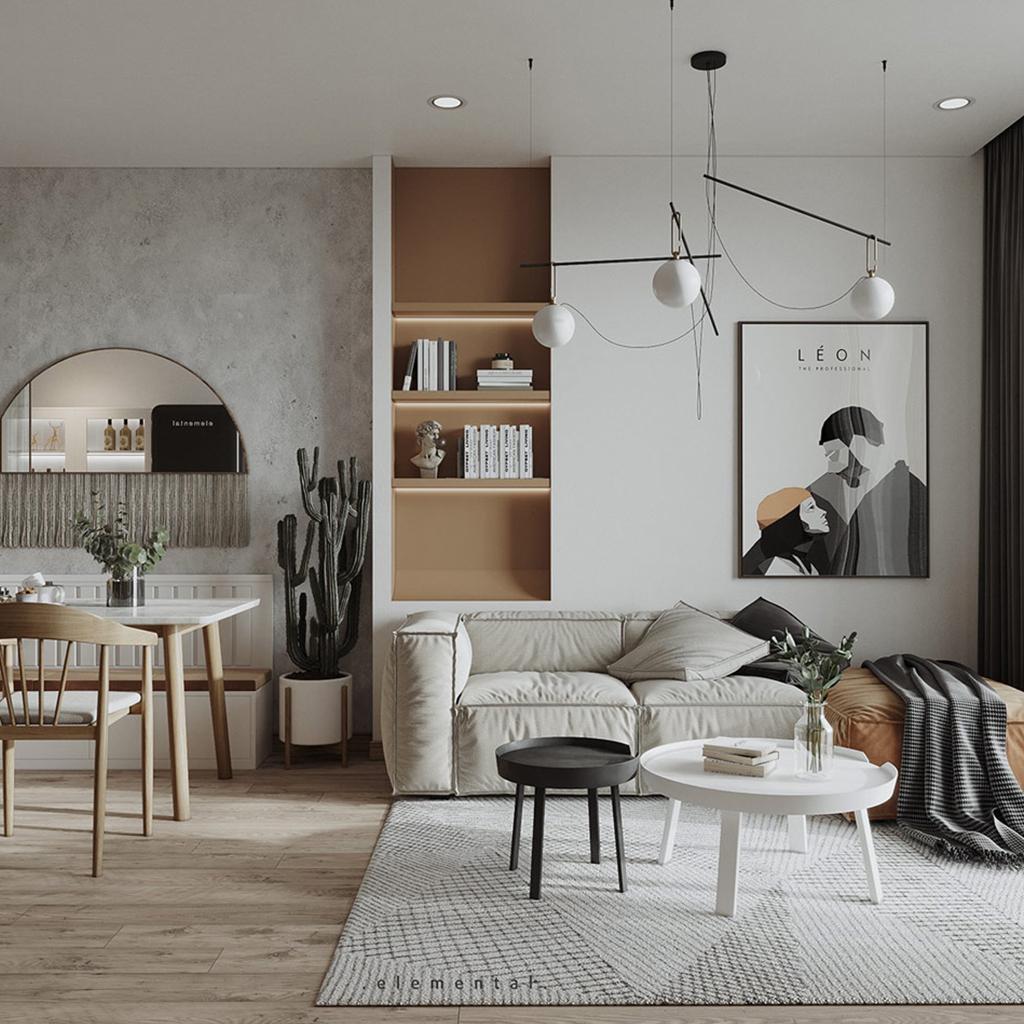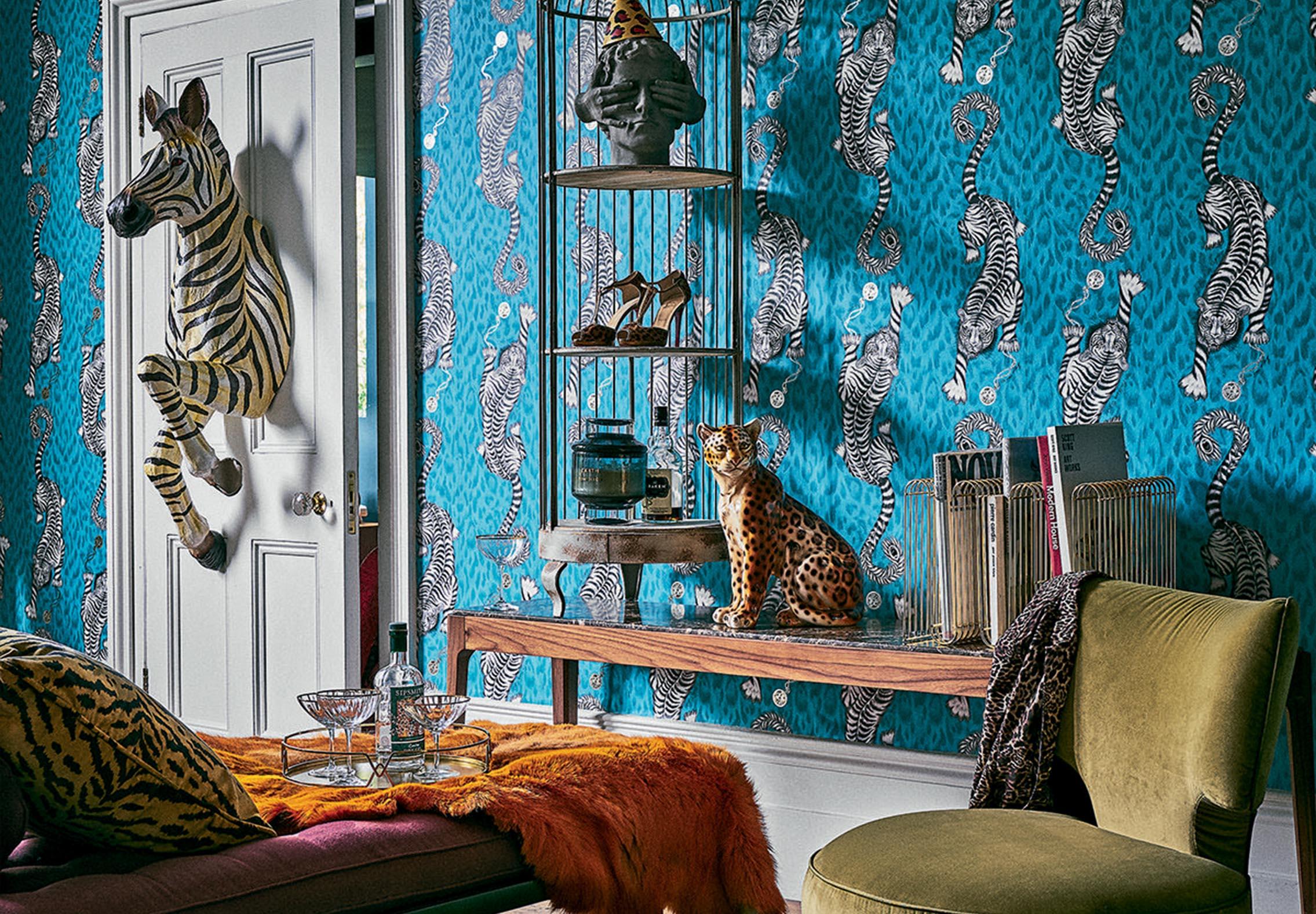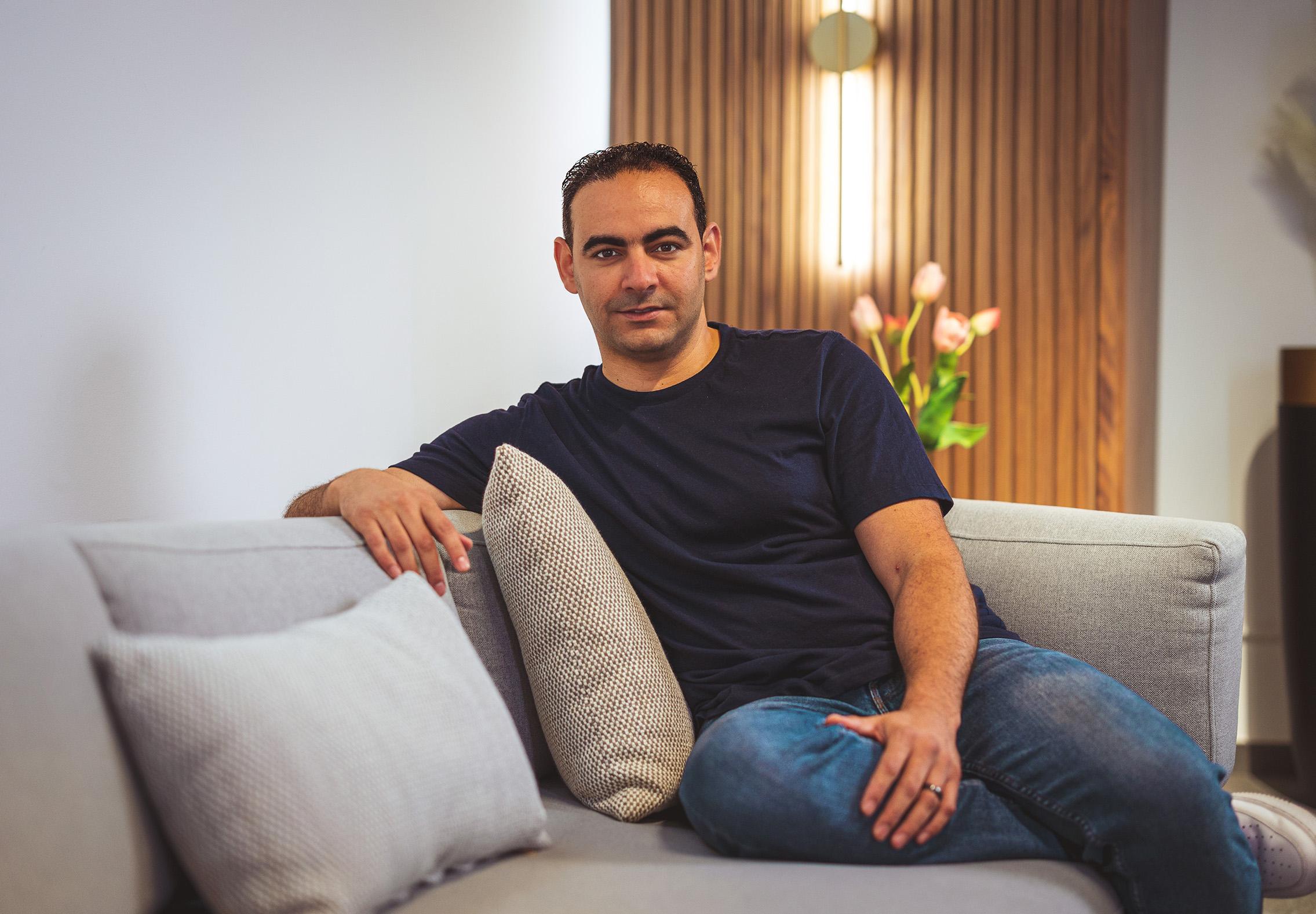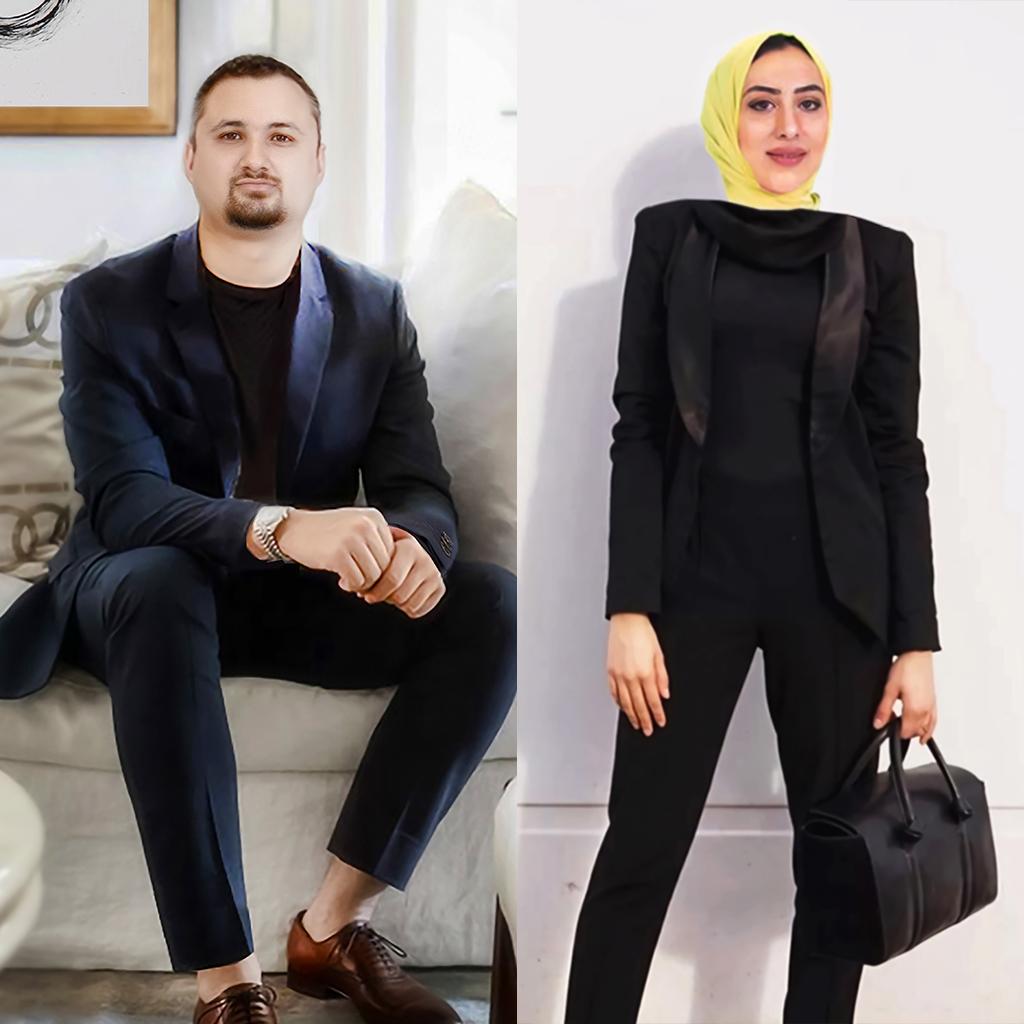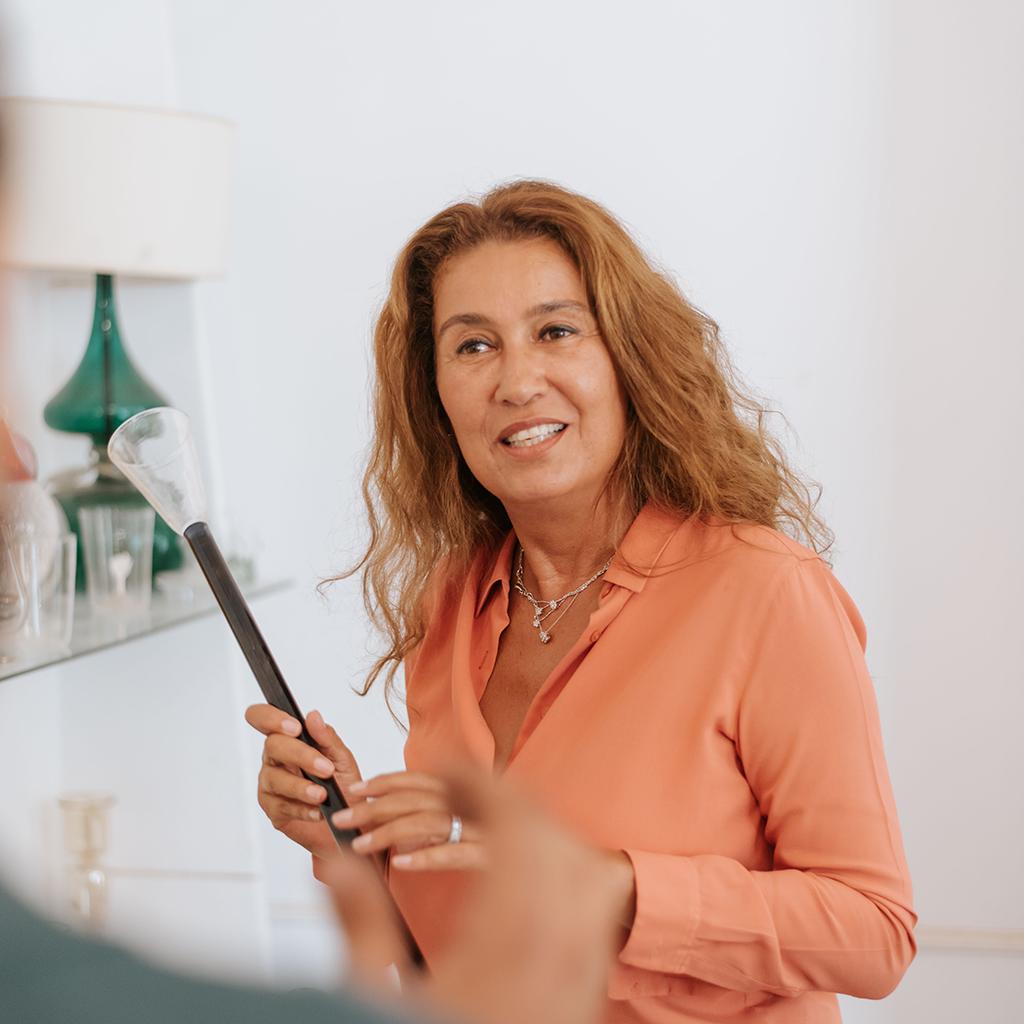
Written by: Yasmeen Ebada
Date: 2021-04-13
Daring the young generation of designers to gain inspiration from everything and anything
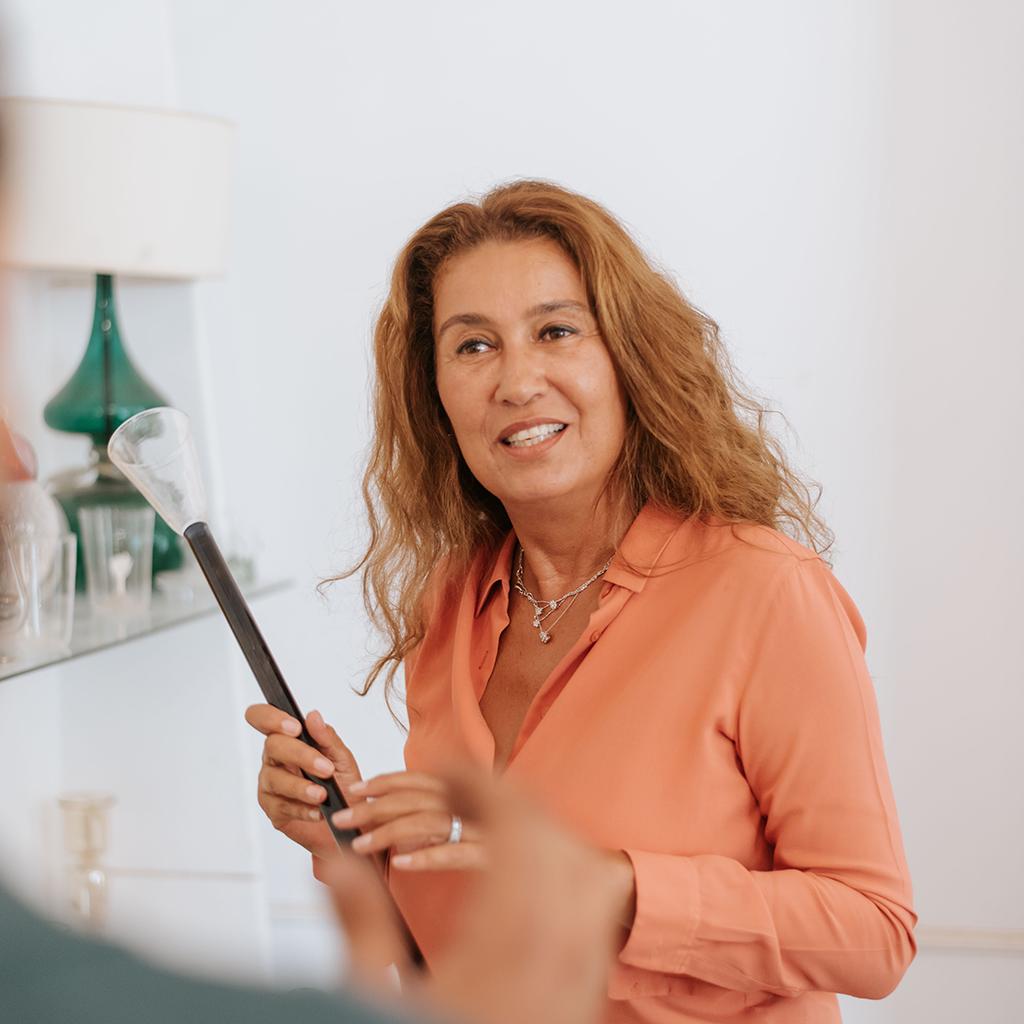
Daring the young generation of designers to gain inspiration from everything and anything
Mona Hussein’s passion for design, curiosity, and creativeness led her to launch a lighting showroom, Temple of Light, in the World Trade Center of Cairo in 1992, and to also launch her interior design firm: Mona Hussein Design House (MHDH) in 1993. She later expanded her interior design firm by adding landscape, architecture, product design, and branding services. In the past 27 years, the firm has executed over 400 listed projects.
Hussein comprehends the importance of creating unique and inspiring spaces for her clients. Whether the project is within the residential, commercial, medical, retail, or hospitality sector, her designs speak to the soul with her sense of originality. Hussein keeps the artistic juices flowing by encouraging the team to seek inspiration from the smallest details, and by sharing with them the recent developments in the international interior design stage.
One of Hussein’s latest projects is working on the 1,400 square meter interior design office of IFFCO GROUP Egypt in Majarrah Neptune building in Sheikh Zayed. The design follows a modern, yet simple style, and what distinguishes it is the bright look and feel it encompasses—conforming to the client’s wishes.
The primary materials used in the project were walnut wood, natural leather, double black granite for the flooring, frosted glass, clear crystal glass, clear mirrors, Forbo luxury vinyl tiles, and Carrara extra natural stone marble.
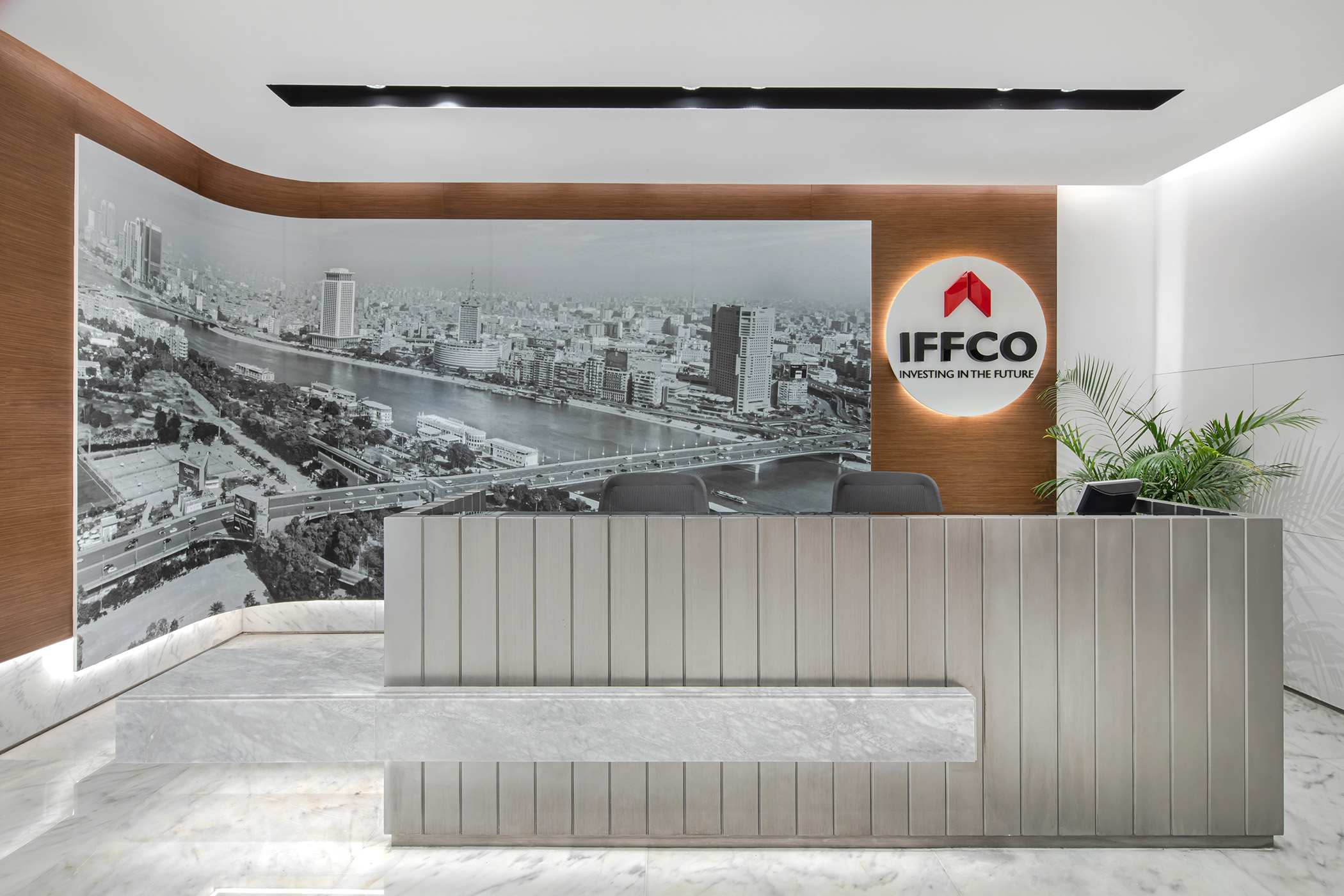
Since it is an open space, Hussein used low-cost materials that absorb sound, like acoustic wool above the ceiling, the Forbo flotex carpets in the workspace and meeting rooms, and the Knauf VIDI fiber coated non-combustible gypsum boards. The team fulfilled the client’s most important desire, which is expressing the company’s identity. Hussein has achieved this goal through embedding her artistic vision, comprising a branding wall, and implementing posters using the company’s vision, value, and timeline. They also reflected the Egyptian heritage—as the client requested—through positioning a painting of Cairo behind the reception desk. They named the board meeting room: Al—Karnak Meeting Room to comply with the theme created. Also, the chairman’s office design was inspired by ancient Egyptian temples; and finally, they used Egyptian elements for the hidden storage design.
Everything the client wanted they achieved. “The Internet of Things has optimized the exchange of data and means of connections. Nothing is a secret anymore, the internet knows everything,” she said. Therefore, this era of technological advancement affects the interior design and architecture industries. For instance, architects are not only thinking about implementing solar panels in their projects, but they work towards making them aesthetically pleasing and, at the same time, energy-efficient.
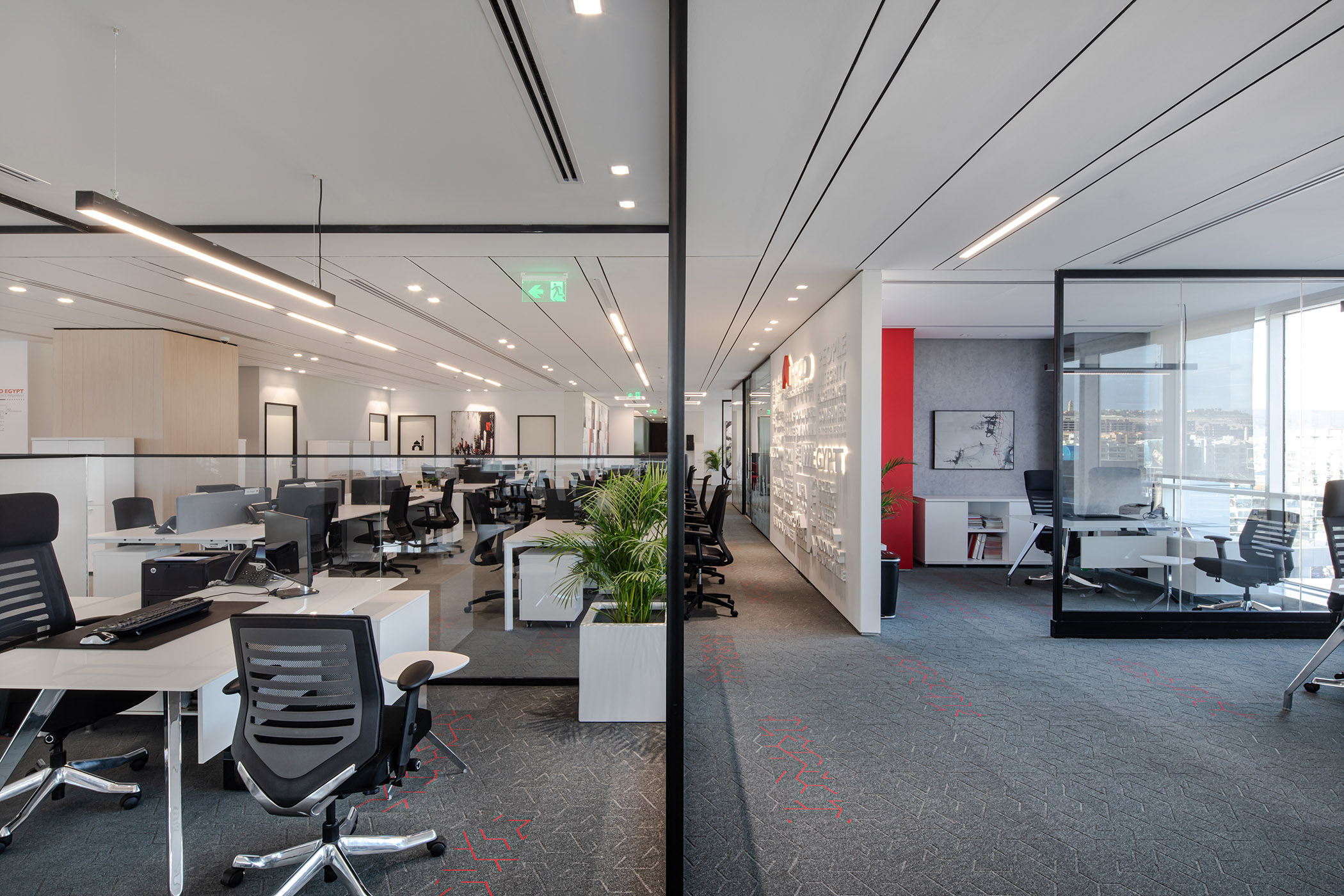
Globally, architects and interior designers have started doing cladding on solar panels. “This is the new technology that I am searching for. Architects and interior designers could clad the exterior of a house and generate energy to the interior spaces,” she said.
In this era where technological evolution is relentless, interior designers have to be innovative enough to follow up with this advancement. It is as Hussein calls it, “the plug and play” strategy.Eventually, technology will be connecting everything, “an entire residential compound could be executed with smart technologies. Well, in fact, the New Capital City is heading toward this direction.”
“The internet started evolving 20 to 25 years ago, and so, when it was first introduced, we were forced to break pipes for people to fit all the needed cables. Architects and interior designers must keep up with and adjust to technological advances. The Internet of Things will be the dominator and not the exception,” she said.
“There is going to be an even stronger evolution, so interior designers and architects have to understand from now how to adapt and be prepared to adjust.”Hussein argued that most innovations take place in commercial projects, where there is more room for the interior designer to be creative, because developers want to reflect a unique image, manifesting their prevailing features and advanced capabilities. “Developers are usually aware of the latest trends within the architecture and interior design industries,” Hussein said.
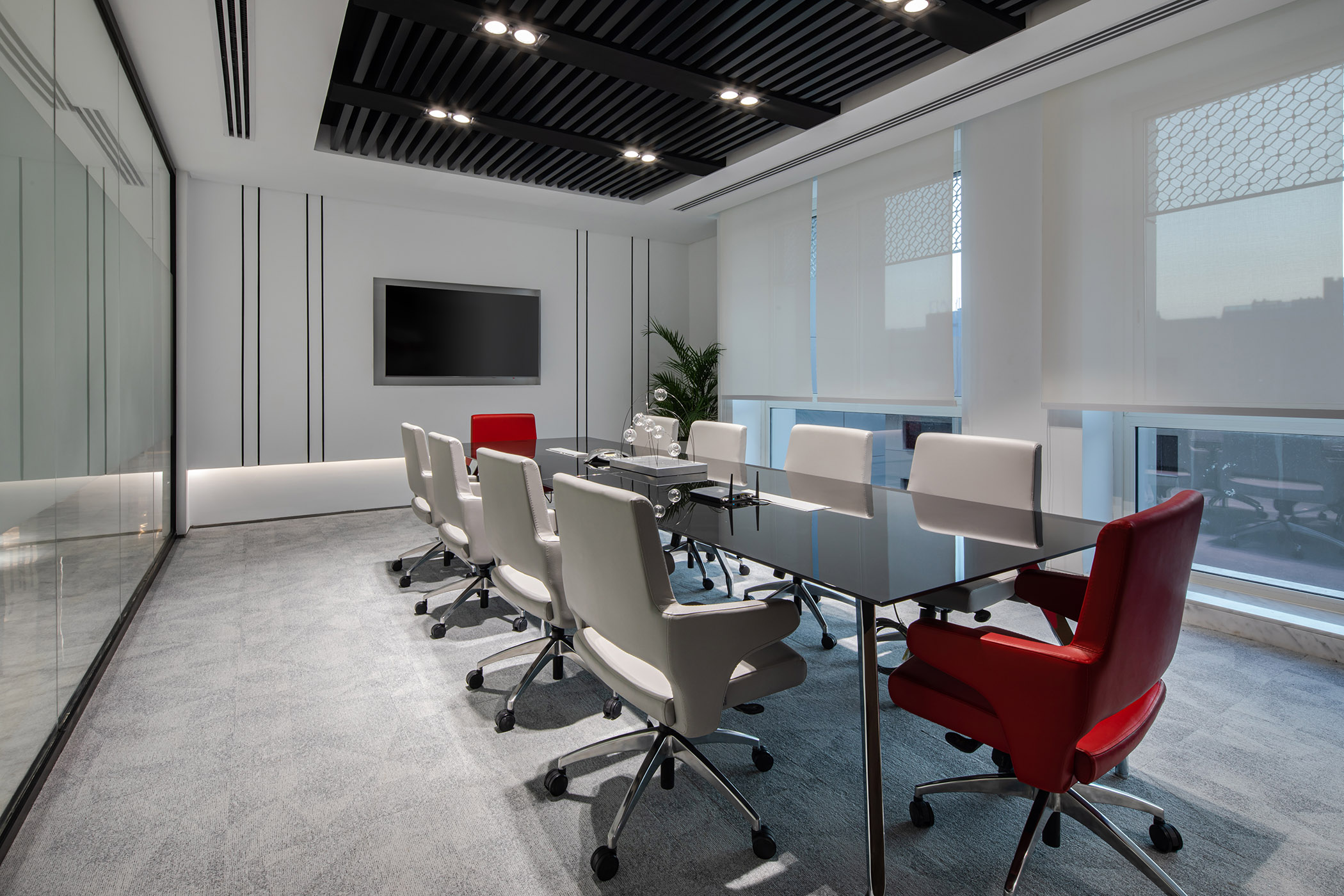
Hussein is passionate about art, and to her, it is a very crucial element that could be involved in different aspects of life. This was her inspiration behind executing sculpture symposiums.
“A long time ago, we were surrounded by Islamic architecture in Egypt, found in the designed sculptures in the streets and open fields wherever we walked. Sculptures are pieces that mix beauty and art, and although paintings are having more value, sculptures are starting to regain their significance and receive more attention; even in residential work,” she said. Sculptures are now worth millions. They have added value to the developer, location, and client.
The theme of the first symposium was to represent Egyptian people who participated in the 2011 revolution in Tahrir Square. The 10-meter sculptures were placed in fields. Ten foreign artists and ten Egyptian artists designed the sculptures. Gallery Misr was the art curator, and MHDH’s team members were the consultants. MHDH created the theme and the sculpture materials. They also designed the 3000-meter symposium ground.
As consultants for SODIC Developments, the second symposium was executed in 12-pocket gardens, and so, Hussein’s suggestion was to add sculptures in all the gardens, but in the form of functional art.
“I wanted to execute sculptures that were inspired by nature while embracing modern art, but I wanted people to sit on it and interact with it as well. Any piece of art in general, like sculptures, is usually examined, but you rarely interact with it. So, I decided to create interactive modern sculptures,” Hussein said.
